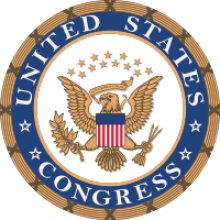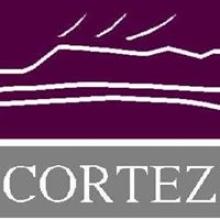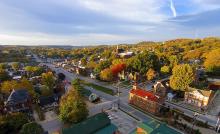Berrien County Makes Broadband A Priority
On April 4th, 2019, the Board of Commissioners of Berrien County, Michigan approved a resolution that formally acknowledges that achieving countywide access to high-speed Internet is crucial to the county’s mission of improving quality of life for present and future generations.
Connected Nation ranks Michigan 34th among states for broadband adoption and an estimated 368,000 rural households still do not have access to FCC defined broadband at 25 Megabits per second (Mbps) download and 3 Mbps upload. Many areas of Berrien County lack access to Internet speeds over 10 Mbps download and 1 Mbps uploads. The resolution will ensure that the county commits to pursuing opportunities and partnerships that increase broadband availability.
County commissioners Ezra Scott, of New Buffalo, and Teri Freehling, of Baroda introduced the measure and have already begun taking steps to turn it into action including creating a board subcommittee that works with municipalities and community partners to pursue broadband opportunities. They're also exploring the possibility of a grant application for the newly announced U.S. Department of Agriculture (USDA) Rural eConnectivity Pilot Program (ReConnect Program). The commissioners hope that the resolution demonstrates how serious Berrien County is about pursuing countywide broadband access. As Freehling stated, “broadband is more than an option, it’s a necessity.”








